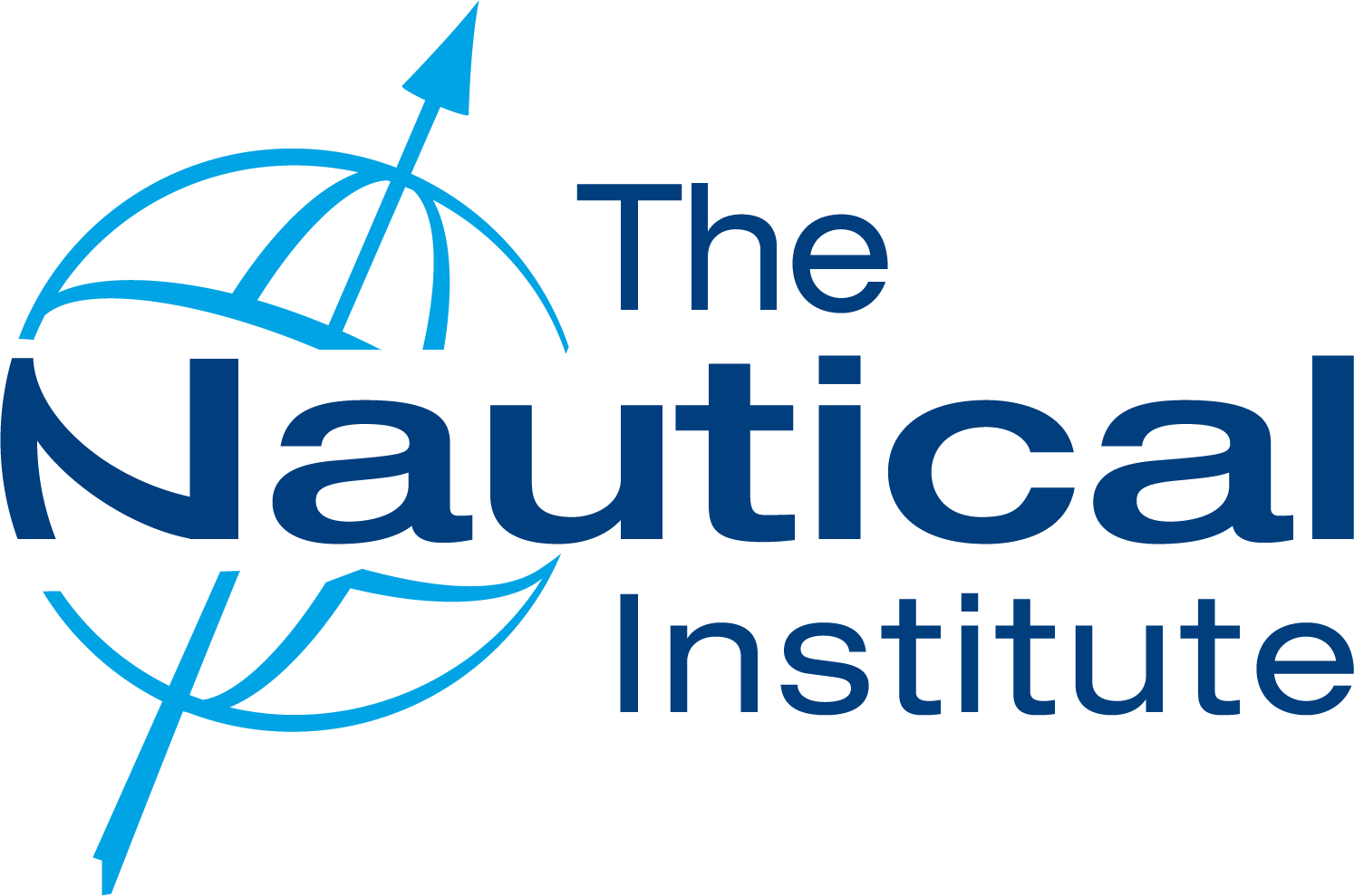WAYPOINT - Safer anchoring in a sea of navigational uncertainties
George Shaw from the Royal Institute of Navigation explores ways in which technology can enhance safety during anchoring and emphasises the importance of using ‘all available means’ to cross-check data and enhance situational awareness
Safe anchoring requires trustworthy navigational inputs. Historically, seafarers depended on the sextant for coarse position measurements and used paper charts that offered limited information. Today, even with greater certainty in measurement and using electronic charts, navigators’ skills and awareness remain important safeguards during an anchoring operation.
Navigating the approach to anchorage requires accurate absolute positioning and associated speed-over-ground (SOG) and course-over-ground (COG) measurements, all of which can be derived from GNSS. These figures provide mariners with crucial indications of the vessel’s true vector, giving them the ability to stem the current and anchor successfully with near-zero SOG.
GNSS appears to provide more than enough accuracy to support anchoring comfortably. However, GNSS has little inherent integrity or resilience, meaning that navigators must always deal with uncertainty over potentially hazardous measurement errors.
Increased resilience would mean maintaining adequate navigation capability even when there is GNSS interference or jamming, while better integrity would counter the effects of GNSS system faults and alert the mariner if the likely position errors exceed safe limits. A number of solutions are in development as a back-up to GNSS when degraded or denied by interference. However, it may take years for vessels to be equipped with and benefit from type-approved receivers to these standards. In the meantime, it is important to be aware of potential errors.
Anchoring is a prime example of how mariners must use ‘all available means’ to maintain safety of navigation.
For example, large errors in GNSS-based positions can arise simply as a result of local signal reception (or lack of it). This is especially true for coastal anchorage and positions that are close to shore infrastructure and other vessels where GNSS reception may suffer from signal blockage or reflections (multipath effects). Navigators must learn to counter such uncertainties by frequently cross-checking position information received from GNSS with other sources, such as radar.
Radar is extremely useful during anchoring in coastal waters, providing cross-checks of the vessel’s position. By extending the variable range marker (VRM), rotating the electronic bearing line (EBL) to conspicuous fixed returns and laying the range and bearing lines to the corresponding charted objects, radar information can be compared with GNSS position for greater overall accuracy and quality of information.
While at anchor, creating a future estimated position (EP) on the ground stabilised radar picture will indicate a true vector. If set over an appropriately long time interval, this can provide an early warning of the anchor dragging.
IMO is developing a set of generic performance standards for shipborne satellite navigation receivers (for multiconstellation GNSS and maritime satellite based augmentation services) and considering terrestrial navigation positioning systems (VDES R-mode) that can act as a back-up to GNSS.
While it may take a while for these to become widely available, things are moving in the right direction. The technological means that are available to mariners during anchorage are increasing in number, quality and accuracy.
"Anchoring is a prime example of how mariners must use 'all available means' to maintain safety of navigation"
George Shaw FRIN
Contact RIN at:
E mail: www.rin.org.uk
Address: 1 Kensington Gore, London, SW7 2AT
Telephone: +44 (0)20 7591 3134
